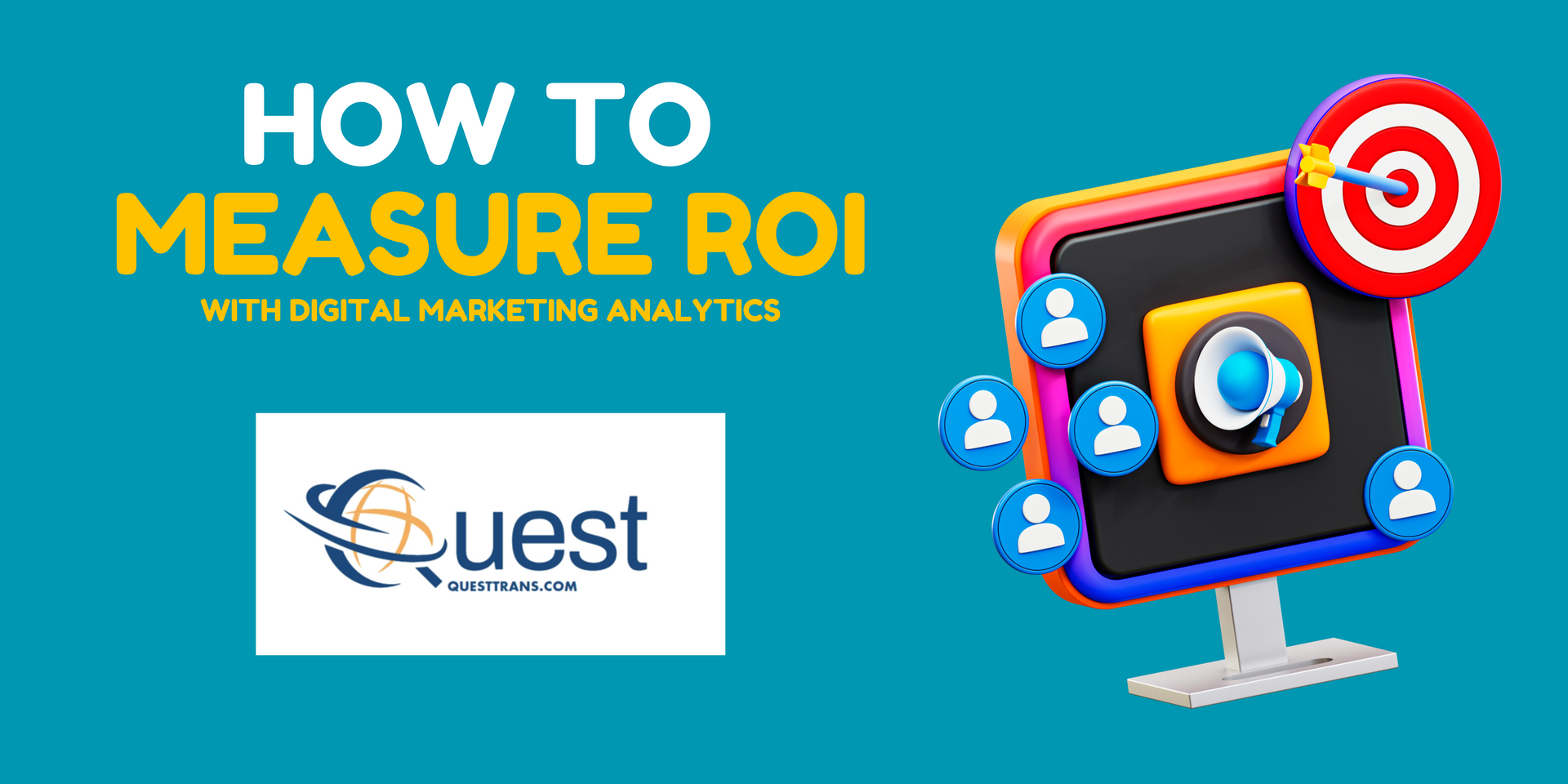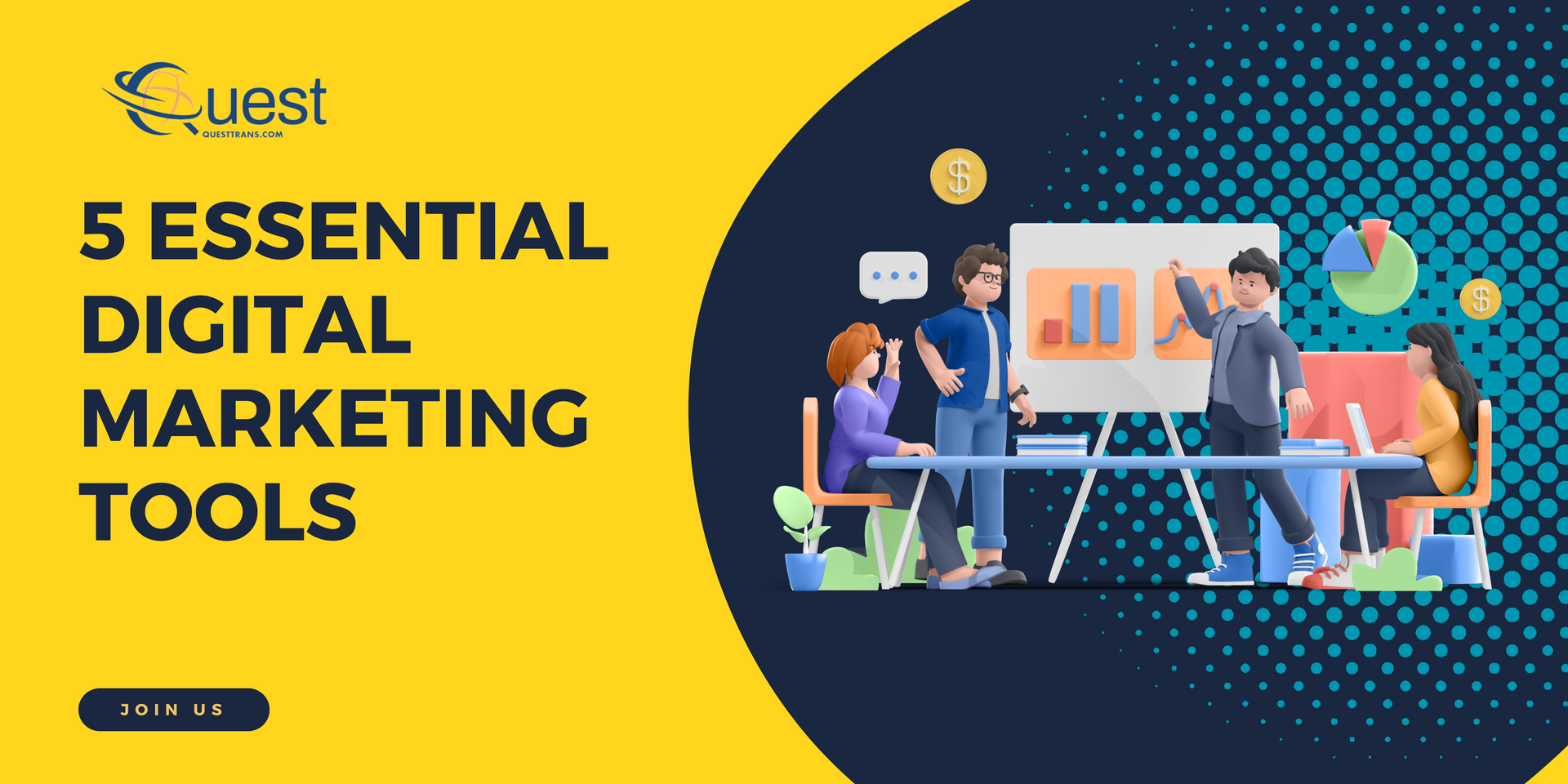Integrating eCommerce Platforms with ERP Systems: Best Practices
Integrating eCommerce Platforms with ERP Systems: Best Practices

Efficient eCommerce operations rely on seamless workflows, accurate data synchronization, and a strong connection between the front-end shopping experience and back-end operations. Integrating eCommerce platforms like Shopify or Magento with Enterprise Resource Planning (ERP) systems can streamline these processes, reduce errors, and improve customer satisfaction. In this article, we’ll explore the key benefits of integration and provide best practices for achieving a seamless connection.
Why Integration Matters
Integrating your eCommerce platform with your ERP system ensures smooth operations, better data visibility, and a superior customer experience.
Benefits of Integration:
- Centralized Data Management: Sync inventory, orders, and customer data in real time.
- Enhanced Customer Experience: Accurate stock levels and faster order processing lead to happier customers.
- Operational Efficiency: Automate repetitive tasks like order entry and inventory updates, saving time and reducing errors.
For example, a company using Shopify integrated with an ERP like SAP Business One can ensure that order details automatically update inventory levels, preventing overselling and improving order accuracy.
Selecting Compatible Platforms
Choosing the right eCommerce and ERP platforms is crucial for successful integration. Consider factors like scalability, industry fit, and integration options.
Top eCommerce Platforms:
- Shopify: Known for its user-friendly interface and scalability.
- Magento: Ideal for businesses needing advanced customization.
- BigCommerce: A robust solution for large product catalogs.
Popular ERP Systems for eCommerce Integration:
- NetSuite: Comprehensive cloud ERP for growing businesses.
- Microsoft Dynamics 365: A versatile ERP solution with advanced reporting.
- SAP Business One: Tailored for small to medium-sized enterprises.
Best Practices for Integration
Seamless integration requires strategic planning and a focus on critical workflows. Here are some best practices to follow:
1. Define Objectives Clearly
- Identify the specific workflows to automate, such as inventory management or order fulfillment.
- Establish KPIs to measure the success of the integration.
2. Use Middleware or Integration Platforms
- Middleware solutions like Celigo and Boomi simplify integration by acting as a bridge between eCommerce platforms and ERP systems.
- Reduce complexity and accelerate deployment using pre-built connectors.
3. Prioritize Real-Time Data Syncing
- Ensure that inventory updates, order details, and customer information are synchronized instantly.
- Real-time syncing minimizes errors and enhances decision-making.
4. Test Thoroughly Before Launch
- Conduct extensive testing to ensure all workflows function correctly.
- Include edge cases, such as handling out-of-stock items or failed payments, in your testing scenarios.
5. Monitor and Optimize Post-Integration
- Regularly review integration performance and resolve issues promptly.
- Use analytics tools to identify bottlenecks or inefficiencies in workflows.
Common Integration Challenges and How to Overcome Them
While integration offers many benefits, challenges can arise. Here’s how to address some of the most common issues:
- Data Mapping Issues: Ensure data fields (e.g., product SKUs) match across systems. Use middleware to resolve mismatched fields.
- Scalability Concerns: Choose platforms and integration tools that can grow with your business.
- Downtime Risks: Schedule integrations during off-peak hours and conduct rigorous testing before going live.
Conclusion
Integrating eCommerce platforms with ERP systems is essential for businesses seeking to optimize operations and deliver exceptional customer experiences. By selecting compatible platforms, leveraging middleware tools, and following best practices, companies can streamline their workflows and position themselves for sustained growth.
At Quest Transportation, we understand the operational challenges of product-based companies. Whether you’re scaling operations or optimizing workflows, our reliable palletized shipping services can help support your business goals. Contact us today to learn more!










